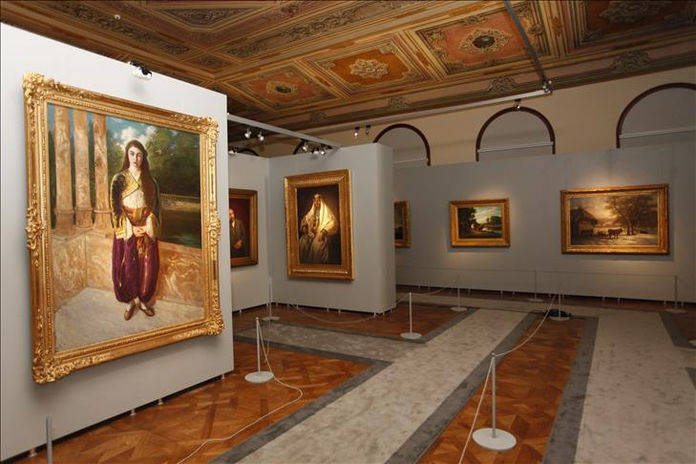

antique painting
Ottoman Period Painting Art
During the Ottoman period, painting was an important form of artistic expression that developed in the Ottoman Empire from the 14th century to the early 20th century. The art of painting in this period was characterized by the fusion of Islamic and Iranian artistic traditions with the unique Ottoman style and creating a distinctive style.
Ottoman painting, also known as Ottoman miniature painting, was typically created using watercolor on paper or parchment. The paintings were usually small in size, typically measuring around 20 x 30 centimeters, and were made by skilled artists known as muralists.
Painting in the Ottoman period often included intricate patterns and elaborate brushwork, with bright colors and bold contrasts. The paintings were typically highly stylized and ornate, emphasizing detail and precision.
One of the most common themes of Ottoman painting was the depiction of important events such as wars, court ceremonies and religious ceremonies. These paintings often included detailed depictions of clothing, architecture, and other aspects of Ottoman culture.
Another popular theme of Ottoman paintings was the portrait depicting important figures of the Ottoman Empire, such as sultans, princes, and other members of the royal court. These portraits are highly stylized with an emphasis on capturing the magnificence and power of the subject.
Ottoman painting often included calligraphy, an important branch of art in the Islamic world. Calligraphy was used to write important texts such as the Qur'an and was often used in Ottoman paintings as a way to add additional meaning and significance to the artwork.
In general, painting during the Ottoman period was an important part of the cultural and artistic heritage of the Ottoman Empire. The unique combination of Islamic, Persian and Ottoman styles created a distinctive style that continues to inspire artists and art enthusiasts today.
Istanbul Izmir Antique





